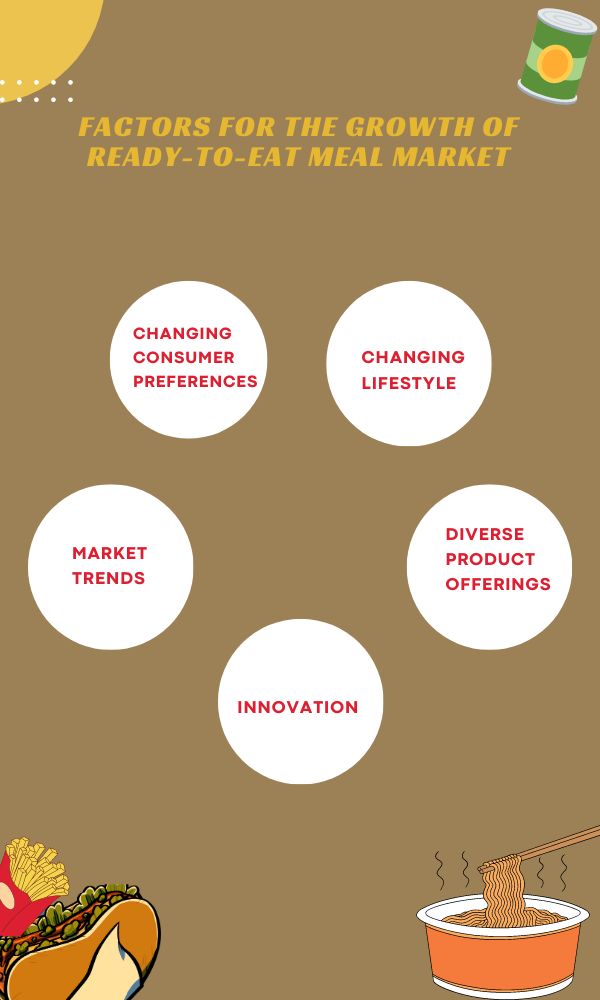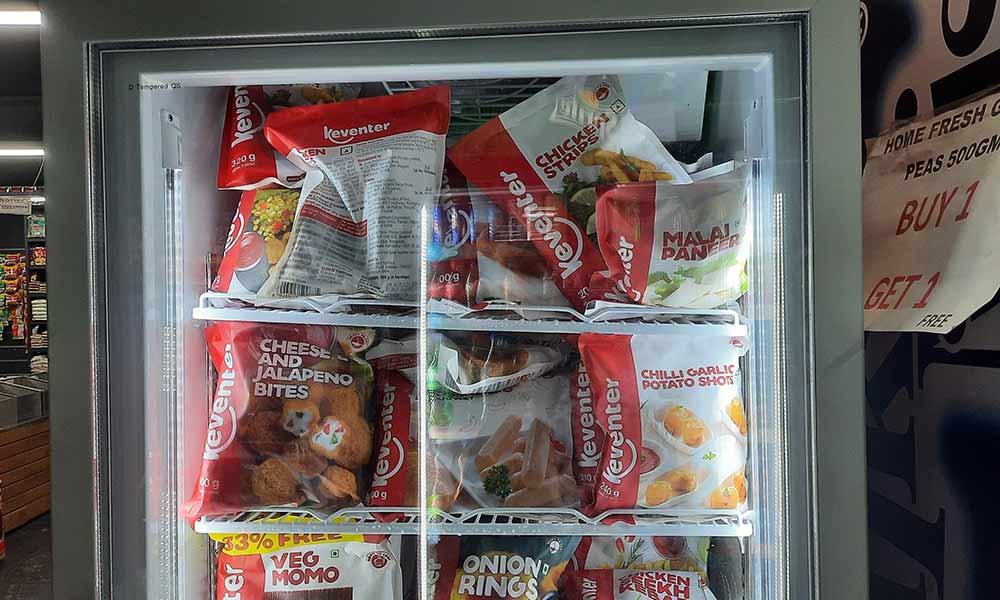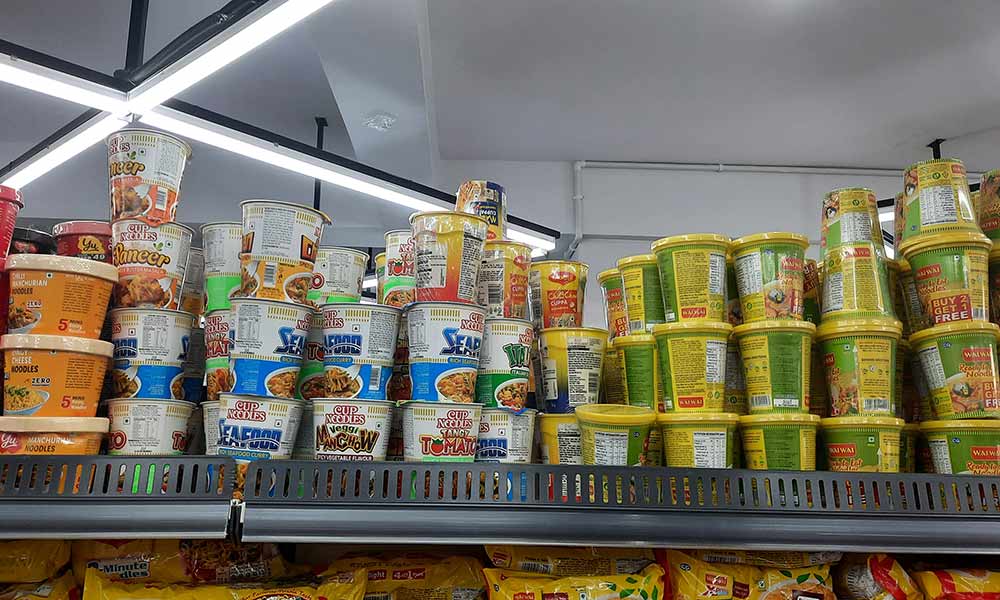Despite health concerns, the ready-to-eat meals market continues to expand.
When Sriram shifted to Kerala for his studies, he loved the weather, the beaches and the restaurants. What he did not like was the bland hostel food. But he couldn’t eat out daily as it took a large chunk out of his pocket money. Then, cup noodles which were both pocket-friendly and tasty came to his rescue.
Ready-to-eat meals like cup noodles are popular among youngsters like Sriram. Therefore, sales continue to surge, foreseeing market growth.
A recent report by Statista predicts that the ready-to-eat meal market will have a Compound Annual Growth Rate (CAGR) of 9.23 percent between 2024 and 2028. The market revenue has grown from $261 million in 2017 to around $72.21billion in 2024.

The Ready-to-Eat meals segment covers prepared food that can be eaten as it is or after minimal preparation. It does not require cooking and is typically consumed after heating. This includes cup noodles, frozen pizza, frozen fries…etc.
Rose Mary, a working mother, said that she buys frozen food when guests come over. “I won’t have enough time to cook dishes when guests come over. So, I buy frozen cutlets and some other frozen food items, so that I can save on cooking time,” she added.
Shafeek, Sales Manager, Shopper’s Choice, Kumbalgudu, said, “There has been an increase in the sales of ready-to-eat food, especially among college students. Families also buy ready-to-eat meals like frozen food products. Frozen French fries and cup noodles are the best sellers.” He added that students and bachelors prefer cup noodles as it is convenient for them to cook without induction stove or gas stove.
Nandana, counter staff at Sree Ganesh Hyper Mart, Kengeri also had a similar opinion. “Cup noodles have the highest demand among ready-to-eat meals,” she said.
Davinder Nagpal, a bakery consultant based in Delhi, said that the ready-to-eat meals market is growing rapidly. “The main reason for the growth of ready-to-eat meals market is because of its convenience and the time and labour it saves. The younger generation prefers it more,” he said. People these days are always in hurry and they want something to eat without spending too much time and effort, he said. The increase in the market share of ready-to-eat meals can contribute to the growth of food and beverage industry, he added.

Concerns and challenges
Studies published in the British Medical Journal (BMJ) show that overconsumption of ready-to-eat meals can lead to obesity, cardiovascular diseases and even death. Experts suggest that the consumption of ready-to-eat meals should be limited.
Anjana, a 26-year-old said that she finds it difficult to eat ready-to-eat meals these days. “I have had cup noodles during my college days, almost on a daily basis. But now, it has become difficult to digest. I get severe gastric issues when I eat ready-to-eat meals these days,” she said.
Dr. Prajwal K.C, a general physician, said that the overconsumption of ready-to-eat meals will have short-term and long-term health impacts. “In the long term, consumption of ready-to-eat meals can cause obesity and nutrition deficiency. It also has other impacts like gastrointestinal disturbances and infection,” he said. Most of the preservatives added to ready-to-eat meals are found to be carcinogenic and it is advised to not make it a habit to consume ready-to-eat meals on a daily basis, he added.
Though it is a rapidly growing market, ready-to-eat meals sector grapples with a few challenges. According to the Engineers India Research Institute, the sector faces challenges like quality control and food safety, supply chain management, shelf life and preservation and market competition. However, these can be solved by initiatives like cooperatives which can ensure a consistent supply of quality ingredients, research and development of healthy preservation techniques and catering to changing consumer needs.




